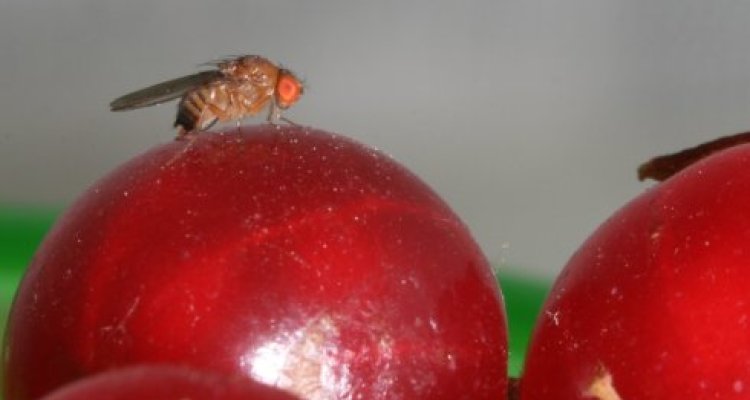
Project
DROPSA
The EU project DROPSA provides advisors, fruit growers and the fruit sector with effective and practical information on how to protect European fruits such as kiwis, stone fruits and berries from a number of pests and diseases. The DROPSA project focuses on managing and controlling the Suzuki fruit fly (Drosophila suzukii) and the quarantine diseases Pseudomonas syringae pv. Actinidiae, Xanthomonas fragariae and Xanthomonas arboricola pv. Pruni.
Objectives
- To determine the introduction and spread of Drosophila suzukii and pathogens across the European fruit sector and develop preventative strategies and recommendations against the introduction of other invasive fruit pests and diseases;
- To identify the biology, ecology and interaction of these pests and diseases in various European regions;
- To develop innovative and effective control solutions based on approved chemical, semi-chemical and biological plant protection in combination with practical applications, sterile insect techniques and substances with innovative modes of action. The most reliable and effective control methods will be combined to create an integrated pest management (IPM) strategy;
- To develop forecasting and decision support systems and risk management as a component of IPM.
Approach
The DROPSA consortium, which consists of 26 knowledge institutes and companies from 13 countries, is developing new insights into the damage and losses of fruit crops resulting from pests and pathogens. The consortium will focus specifically on new and emerging threats and will identify the economic impact of the Suzuki fruit fly and the quarantine diseases Pseudomonas syringae pv. Actinidiae, Xanthomonas fragariae and Xanthomonas arboricola pv. Pruni.
Intended results
The project will deliver a cost-effective approach that can be widely implemented by the EU fruit industry.